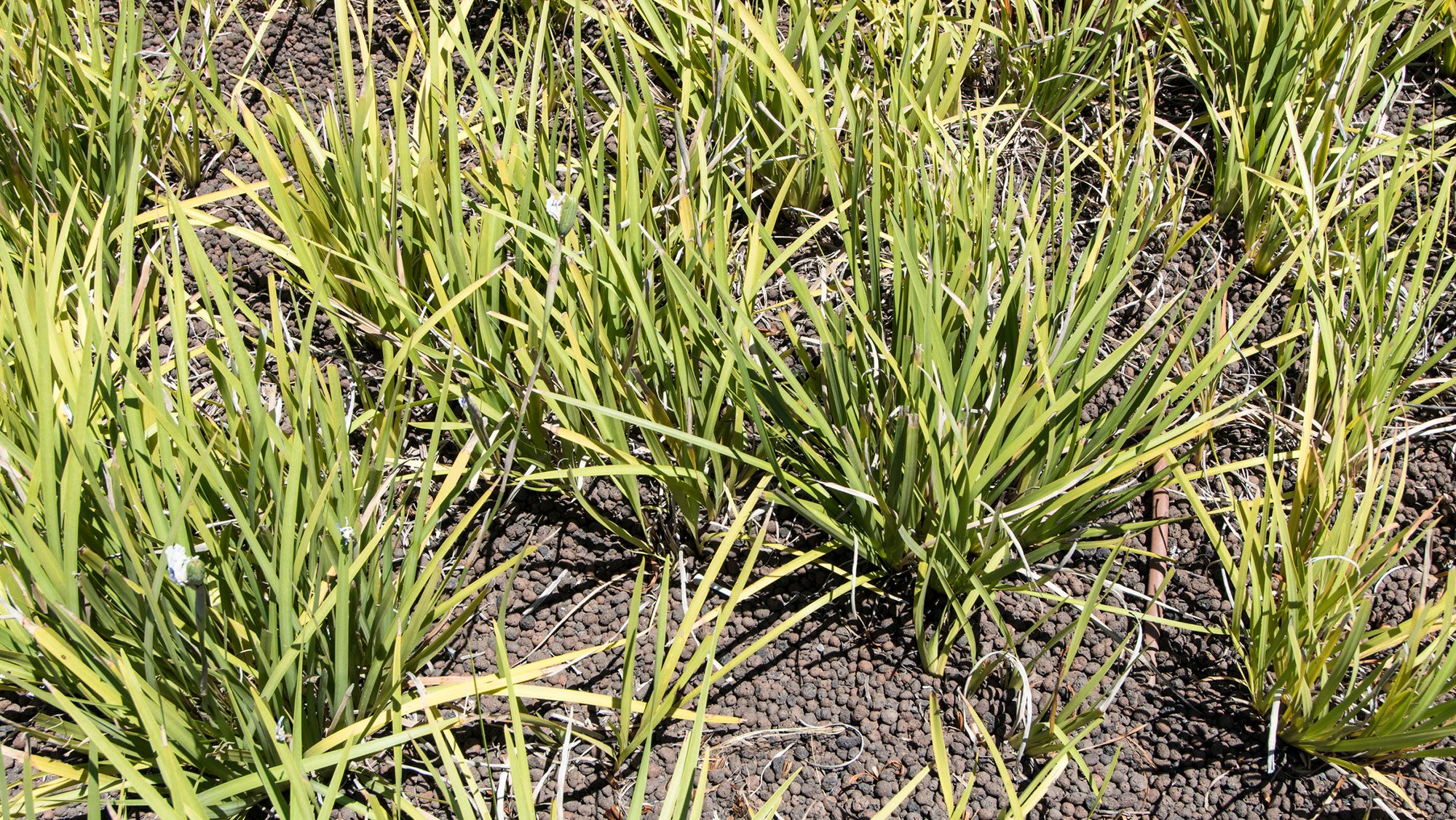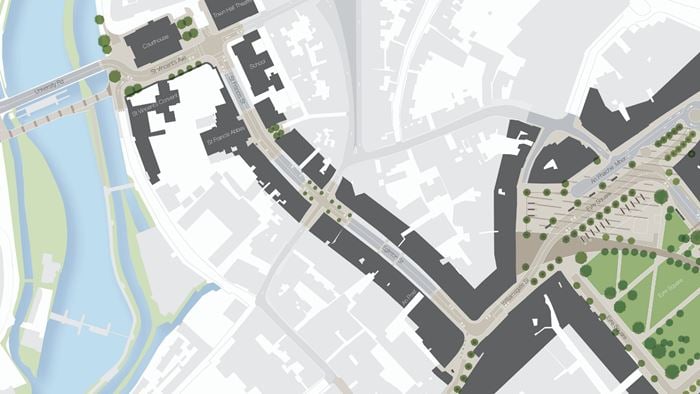In partnership with Victoria Business Improvement District, Arup undertook a research project aimed at determining best practice when carrying out Green Infrastructure Audits. In the simplest terms, a GI Audit can be defined as:
-
The accurate mapping and description of all existing GI features within a defined area
-
An evaluation of the functional benefits of those features
-
Identifying targeted opportunities for improving the existing GI within a study area and providing new GI
Fifty interviews were carried out with BIDs that have completed GI Audits, BID levy payers, property developers, landowners, tenants, local authorities and other organisations whose work involves green infrastructure. Drawing on their experiences Arup established the drivers of success and failure when carrying out a GI Audit.
Analysis and publication of the results has raised awareness of the value of GI Audits to business communities, and has created new authoritative guidance that can assist organisations in considering whether to undertake a GI Audit. A key outcome of the project was the development of an evidence based and methodical approach to GI Audits, which can now be replicated by BIDs in the UK.
The project also explored how the findings of a GI Audit can be used to catalyse improvements in the local environment. As a result of the interviews and wider research, Arup developed a five step approach to undertaking GI Audits:
-
Vision and Partnering
-
The GI Audit
-
Design and Implementation of GI
-
Management and Maintenance
-
Monitoring and Evaluation

Arup discovered that GI Audits have provided a wide range of benefits to the organisations interviewed, including generating additional income, facilitating the development of relationships with new partners, enabling targeted investment in projects offering the greatest benefit and providing businesses with an improved knowledge of their local area.
Findings were collated into a Best Practice Guide aimed at Business Improvement Districts (BIDs), but also relevant to anyone interested in undertaking a GI Audit for their local area. The Guide can be downloaded from the Victoria BID website
 ;
;





